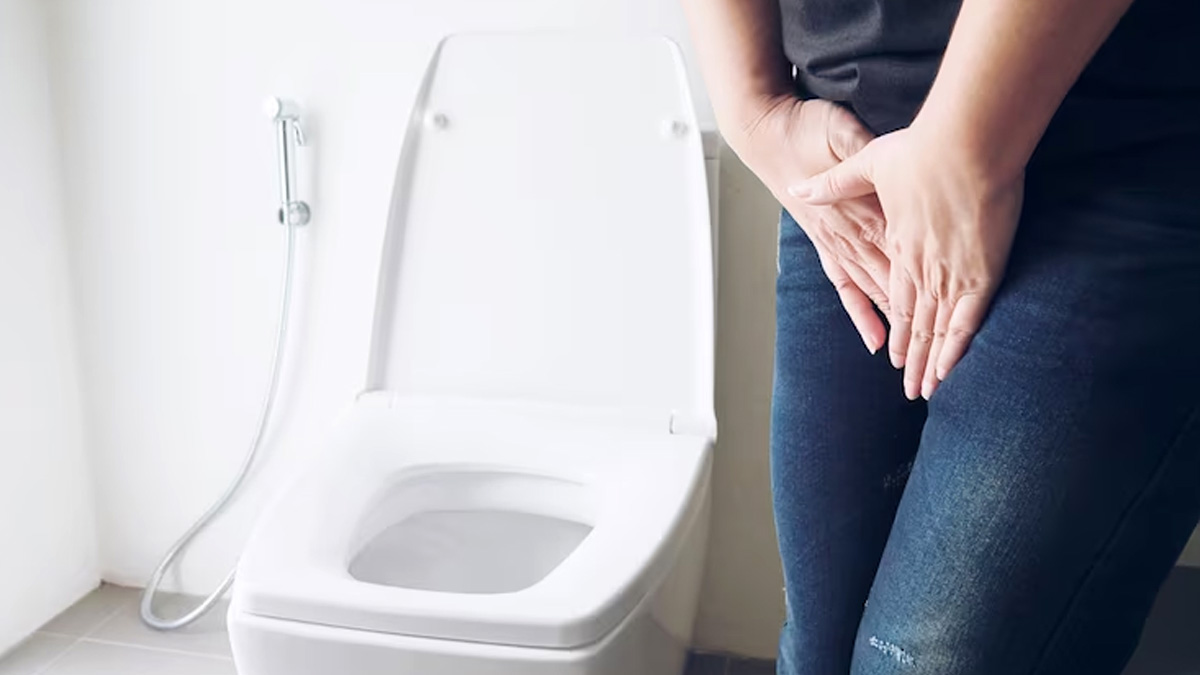
Urinary Incontinence is the condition in which a person is unable to control the movement of their bladder. It can be caused by a wide range of conditions, varying from moderate to severe.
As per National Institute of Aging the most common cause of incontinence is weak bladder and pelvic floor muscles. These muscles support the bladder and rectum and can become weak due to age, pregnancy, childbirth, or surgery. When the muscles become weak, they can’t keep the bladder and rectum closed, leading to leakage.
Table of Content:-
The National Institute of Aging states other causes of incontinence which include nerve damage from diabetes or multiple sclerosis, or a blockage in the urinary tract. Some medications, such as diuretics, can also cause incontinence. Stress can also be a factor, as can certain dietary and lifestyle habits. Incontinence can also be caused by an underlying medical condition, such as prostate enlargement, bladder cancer, or bladder stones. Certain types of urinary tract infections can also cause incontinence.

Types Of Urinary Incontinence
There are several types of incontinence, including:
Stress incontinence
This type of incontinence occurs when physical activity puts pressure on the bladder, causing urine leakage. According to research activities that can cause stress incontinence include coughing, sneezing, laughing, and exercising.
Urge incontinence
According to Dr Sadhna Singhal, senior consultant, obstetrics and gynaecology, urge incontinence can be caused when our bladder muscles become overactive. In this condition a person feels a sudden and strong urge to urinate and is unable to hold it in.
Also read: How To Recognise And Treat A Urinary Tract Infection
Overflow incontinence
Overflow incontinence is a condition where the bladder is not completely empty post urination, causing frequent leakage. Bladder stones, tumours, medications or severe uterine or bladder prolapse in a woman can cause overflow incontinence.

Functional incontinence
Functional incontinence occurs when a person is physically unable to get to the bathroom in time due to a physical impairment or mental disability. This incontinence can be a side effect of dementia and Alzheimer's disease.
Symptoms of urinary incontinence
The most common symptoms of urinary incontinence are as follows
- Leakage of urine while sneezing, or laughing
- Frequent and urgent need to urinate
- Leaking urine during physical activities such as running, jumping, or lifting
- Frequent nighttime urination
- An inability to completely empty the bladder
- Urine leakage during sexual intercourse
- Urine leakage during sleep
- Pain or burning sensation during urination
- Urine with an unusual odor or color
Treatment
Talking to OnlyMyHealth, Dr. Dilip Dhanpal, Uro Oncologist and Transplant Surgeon at Apollo Spectra Hospital, Bangalore stated that regardless of its prevalence and unpleasant effects, urinary Incontinence is a problem that can be treated using treatments dependent on the severity of the situation. With the support of behavioural treatment, one can make lifestyle adjustments to lower the risk of stress incontinence, such as avoiding behaviours that cause leakage.
Also read: 5 Pelvic Floor Exercises To Relieve Urinary Incontinence
Pelvic muscle training is another promising approach for treating urinary incontinence as it uses kegel exercises to strengthen the sphincter and pelvic muscles. Finally, in severe cases, medical measures such as vaginal repairs and other alternative operations such as bladder and urethral elevation may be considered. As a result, it is vital to see a doctor in order to determine the severity of the problem depending on the symptoms.
Also watch this video
How we keep this article up to date:
We work with experts and keep a close eye on the latest in health and wellness. Whenever there is a new research or helpful information, we update our articles with accurate and useful advice.
Current Version